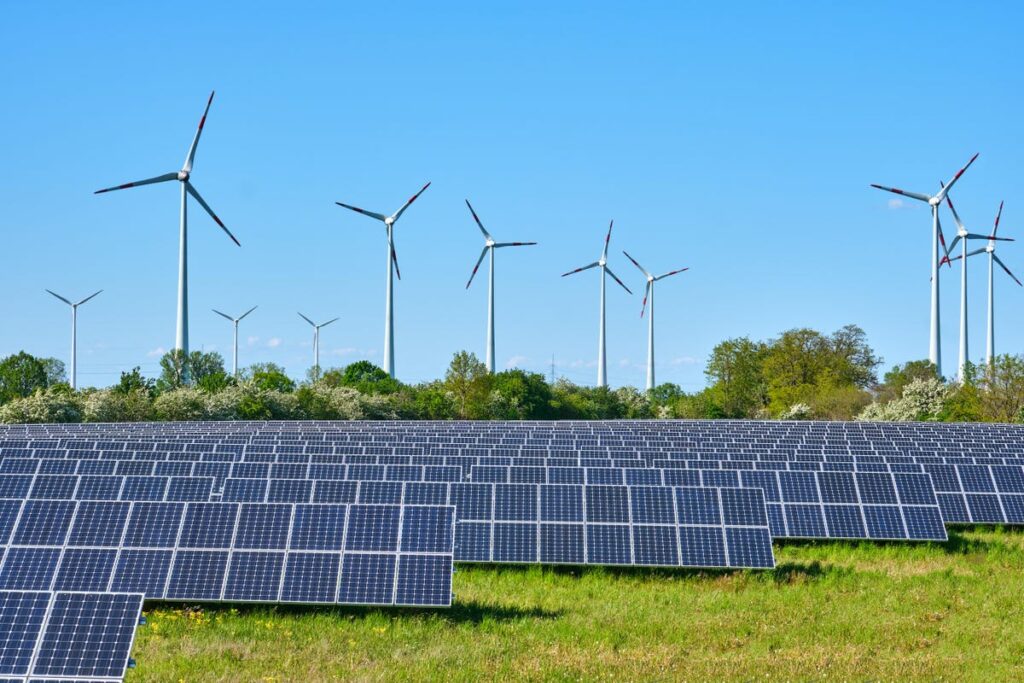With climate change getting worse each year, scientists are now warning that more and more regions around the world are vulnerable to severe droughts, potentially putting our food supply and even survival at risk. Scary huh? Actually we just made it all up, the way journalists and politicians do. But it probably sounded convincing, or at least tediously familiar. These days you can get away with any claim about climate change as long as you say it’s getting worse, and as long as you don’t show people the data but insist that “scientists” have it. Well, some do and in this case, the data don’t say it’s getting worse, and neither do the scientists who put the data together, covering 1981 to 2018. They say “for the entire globe, hemispheres and the main grain-producing countries (China, USA and India) drought has not intensified and expanded... Since drought has not intensified and expanded during strong global warming, food security in the next few years is likely to remain at the level of the most recent decade.” Bummer, huh? If you’re an alarmist, that is.
The team of authors, led by Felix Kogan of the Center for Satellite Applications and Research at National Oceanic and Atmospheric Administration, noted that the claim of worsening drought is a common media trope:
“One of the most frequently cited (by climate publications and media) consequences of the recent 38-year global Earth warming for food security, was drought intensification and expansion, leading to a reduction of agricultural production, shortages of food and even hunger in developing countries of Africa, Southeast Asia and South America... Experts from the United Nations are warning that continuation of climate warming, would further intensify and expand droughts leading to a stronger reduction of crop production, especially in developing countries, further deterioration of food security, leading to more intensive population malnutrition and hunger.”
They also noted that 20 years’ worth of climate science publications on drought “are based on less than two decades of wide-spread weather station data records for relatively local areas, rather than on analysis of multi-decadal global, hemispheric and the main agricultural countries’ drought assessments.” So the authors decided it was high time to put together a comprehensive, detailed, global data set on drought conditions based on satellite-monitored vegetation health data which are available on a weekly basis from 1981 onwards.
The results are summarized in this diagram:

The three colours represent three drought categories: exceptional (red), extreme or worse (pink) and severe or worse (yellow). The top two rows show that for the world as a whole and for the Northern Hemisphere there was no trend over the entire interval. For the Southern Hemisphere there was an increasing trend after 1998 but not before.
But the authors also noted that it was from 1981 to 1998 when the temperature went up noticeably, while from 1998 to 2018 there was hardly any warming. So when the planet was warming drought didn’t change, and when droughts went up a bit, the world wasn’t warming. They also looked more closely at the 2015-2018 interval when global temperatures jumped quite a bit to see if droughts did as well. After pointing out that the warming probably had nothing to do with CO2, they pointed out that drought area didn’t budge, despite people saying it would:
“In spite of doubling global [temperature], neither drought area nor intensity have increased, which has been erroneously expected.”
Moreover, when they looked at the principal grain-growing areas of China, India and the US, the trends were mainly down:

The authors then remind their readers that:
“Experts from the United Nations are warning that continuation of climate warming, would strongly intensify and expand droughts, leading to a reduction of crop production, especially in developing countries of Africa, Asia and Latin America, further deteriorating food security and intensifying population’s malnutrition and hunger in poor countries.”
But, they conclude:
“For the entire 38-year (1981-2018) and the latest 21-year (1998-2018), two-three times increased global Earth warming has not changed drought area and intensity. Following the presented 38-year satellite data, it is possible to state firmly that global and main grain countries’ drought area and intensity trends have not been following global climate warming since 1980’s.”
One doesn’t often see scientists use the word “firmly”. But sometimes you need to be firm, especially when your data contradict what all the experts and bigwigs are saying, instead insisting that global drought area and intensity are not getting worse.



Looking things Globally, only thing worrying about food security are the politicians. Who want to ban cattle, fertilizers, diesel tractors etc...
It is the governments that will cause the next famine.
Food shortages and famines are caused by wars and human incompetence,not by climate change.Most crops are showing bumper yields in recent
years.
I think the word in brackets here should be CO2: In spite of doubling global [temperature],…